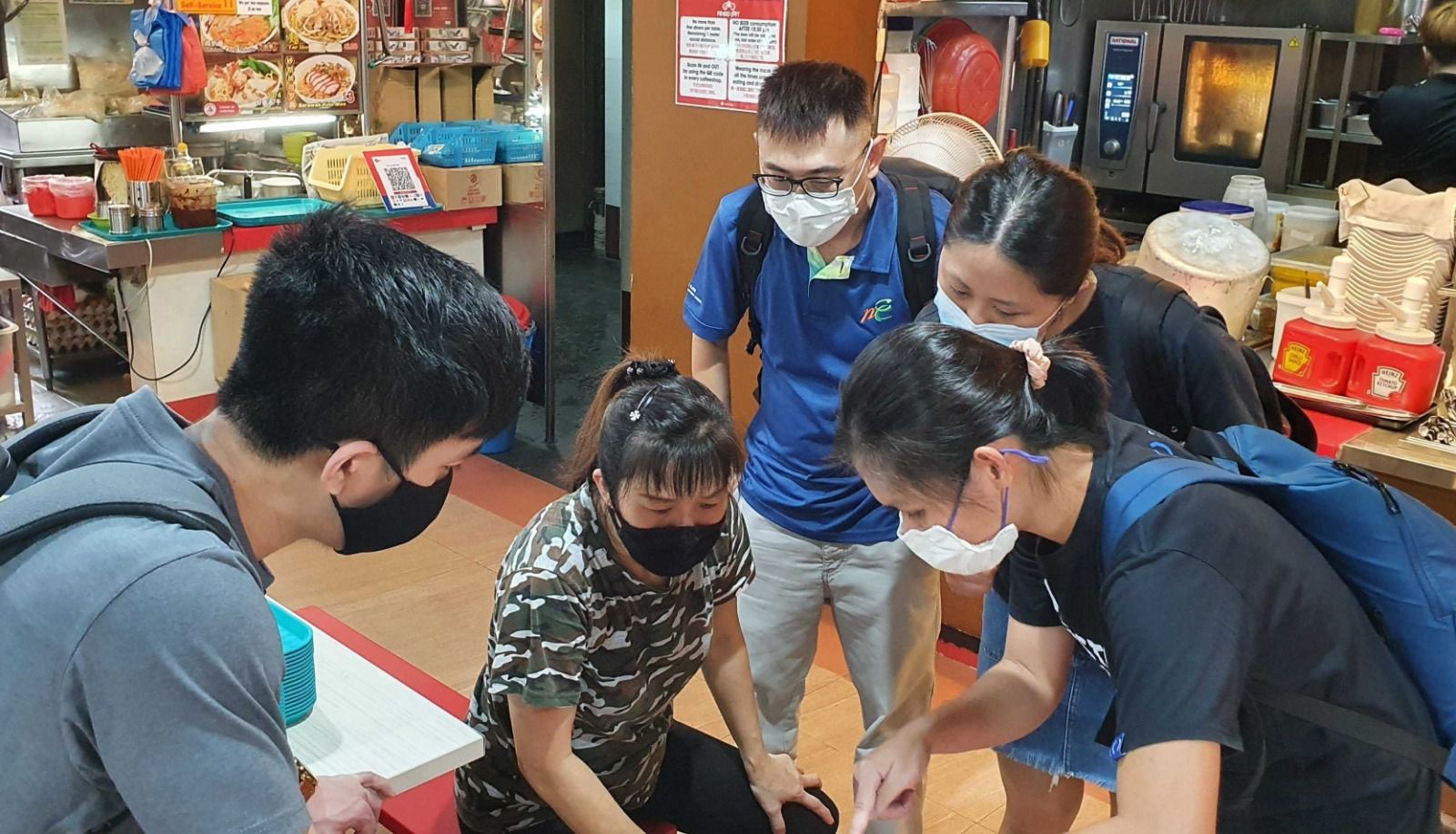Ang Yi Xin, Product Designer, Open Government Products, Singapore
By Medha Basu
Women in GovTech Special Report 2020.

How do you use technology/policy to improve citizens’ lives? Tell us about your role or organisation.
I am a Product Designer with the Open Government Products in GovTech. We are a team of product managers, engineers, designers and data scientists that builds tech solutions to solve problems and make the lives of citizens and public servants better.
I have worked on Parking.sg previously. Parking.sg is a mobile app used by 80% of the cars in Singapore to pay for their parking. As a Product Designer, my role is to understand different user needs and work flows, reduce complex problems down to intuitive and user-focused interfaces and experiences so that my users can complete
their tasks and achieve their goals.
What was the most impactful project you worked on this year?
It is hard to choose one as the projects that we worked on this year are all necessary and impactful to help with the pandemic situation.
As a response to Covid-19, when Singapore wanted to open her borders in June, we worked with various government agencies to develop a payment service PaySG to allow for incoming travellers to pay for swab tests and stay home notice accommodation.
I was also involved in the prototyping of a new Covid test management system where we allow a group of people to register for the Antigen Rapid Test, get tested and be notified of their test results before they are cleared to attend the event. The idea is that if we do this well and accurately, large group gatherings can resume safely.
The largest project I have worked on this year is designing the experience for the distribution of goods and vouchers called RedeemSG. RedeemSG was used in the last few rounds of masks distribution, integrating with a thousand plus vending machines islandwide, enabling 12 million redemptions in total. It also consists of an app and admin view that staff and volunteers can use to track redemptions when they distribute goods such as meals and care packages.
We also explored how government agencies can issue digital vouchers instead of paper vouchers as paper vouchers are manual and hard to track. With the help of the People’s Association and the Northeast Community Development Council , we ran a series of voucher trials with hawkers and the public so that we can understand the problem space and build a reliable voucher redemption system.
By launching RedeemSG, we are able to help agencies such as the National Environment Agency and PUB to launch a campaign where selected households can apply for digital vouchers to subsidise their purchase of energy saving appliances and fittings at major supermarket and retail chains Singapore.
What is one unexpected learning from 2020?
That will be how fast we can launch a new product. It used to take on average at least 6 months for a product to launch, from the ideation stage, to convincing stakeholders, navigating bureaucracy, speccing the project to implementation and eventually launching the product. This year, we successfully launched PaySG within 2 weeks. And this was attributed to the fact that we scoped the problem really tiny, deprioritised all the less crucial features and put our minds to launching it.
What tool or technique particularly interests you for 2021?
I am particularly interested in the intersection between design and code and how teams can collaborate together if we can reduce the gap between design and engineering, from ideation to implementation.
Therefore, one of the concepts that I would like to explore is the setting up of design systems at the code level, so that we can scale design and frontend engineering effort more effectively. If we can overcome that, then we can spend more time working on the higher order bits like product strategy, design iterations and optimising complex user flows which will affect the outcome more and not waste time fussing around things like how basic elements such as buttons, form inputs should behave or look like.
What are your priorities for 2021?
It will be good if I can take a step back from the hustling to invest more time and effort in my learning and growth as a designer. I would also like to spend more time with my 4-year old son and family. I would also like to be a better peer and mentor and support my fellow designers on the team and grow the design practice within the team, so that we can improve the quality of our products even more.
What advice would you give to women looking to start a career in GovTech?
I think it is important to have a passion and empathy for solving problems and doing public good. It is also important to be continuously learning as the tech sector moves very quickly and change is the only constant. It is also imperative to develop the ability to distill technical concepts for the layman.
Even more so because your understanding will affect how you work with stakeholders from non-technical backgrounds, as well as affect how you design and build for the users of different types. Stay curious and keep an open mind so that you can learn from the different domains and work towards the goal of integrating policy and operations through technology.
Women also need to speak up more so that more diverse views can be represented and heard since tech is still a male-dominated industry. It is something I am still working on; in particular, how I can represent my design decisions and what I stand for more effectively.
Write a message for your future self.
Be your authentic self, don’t be too bothered by how people see and judge you. Believe in yourself and work hard for it. Manage your need for external validation.